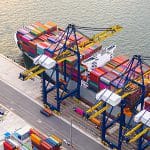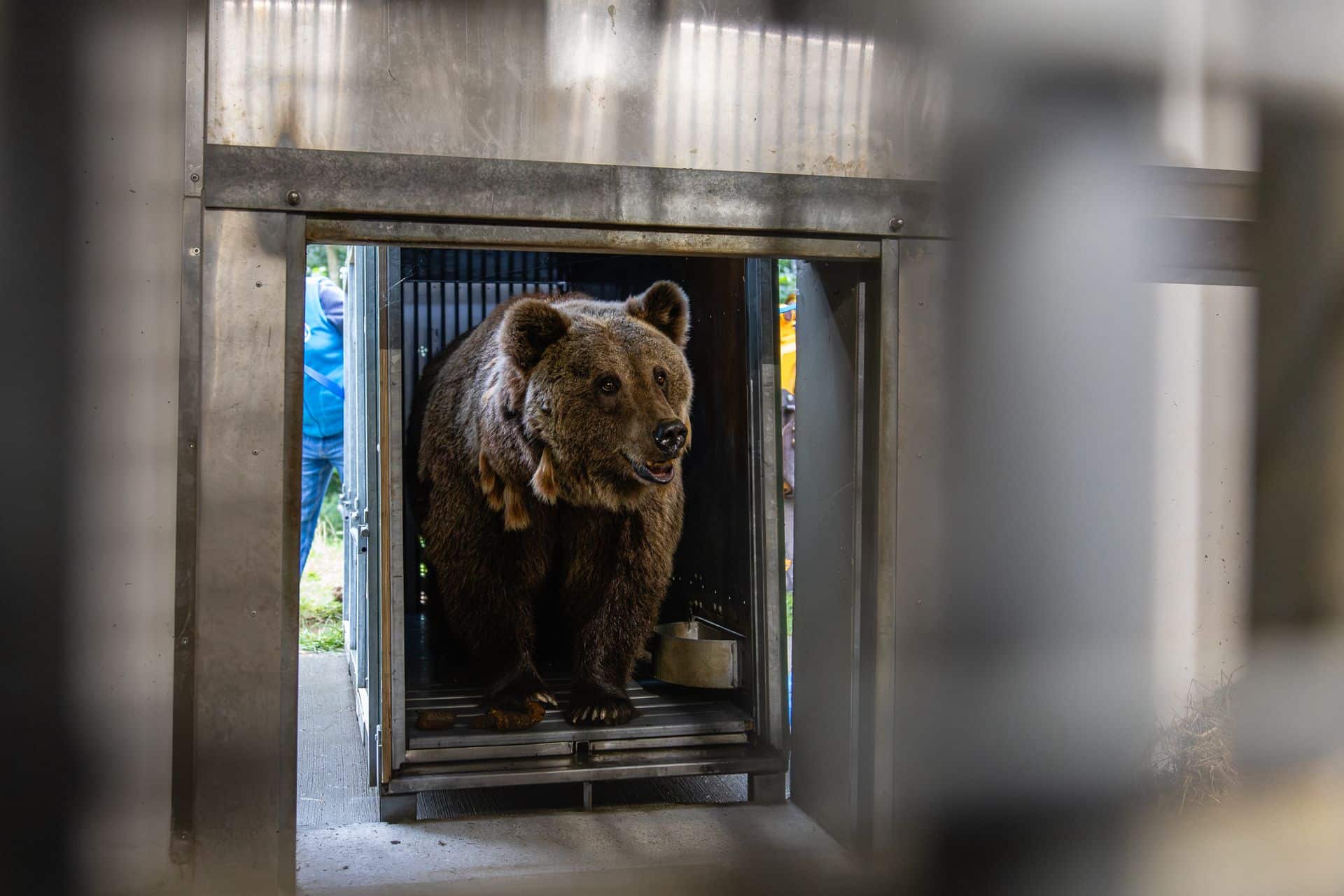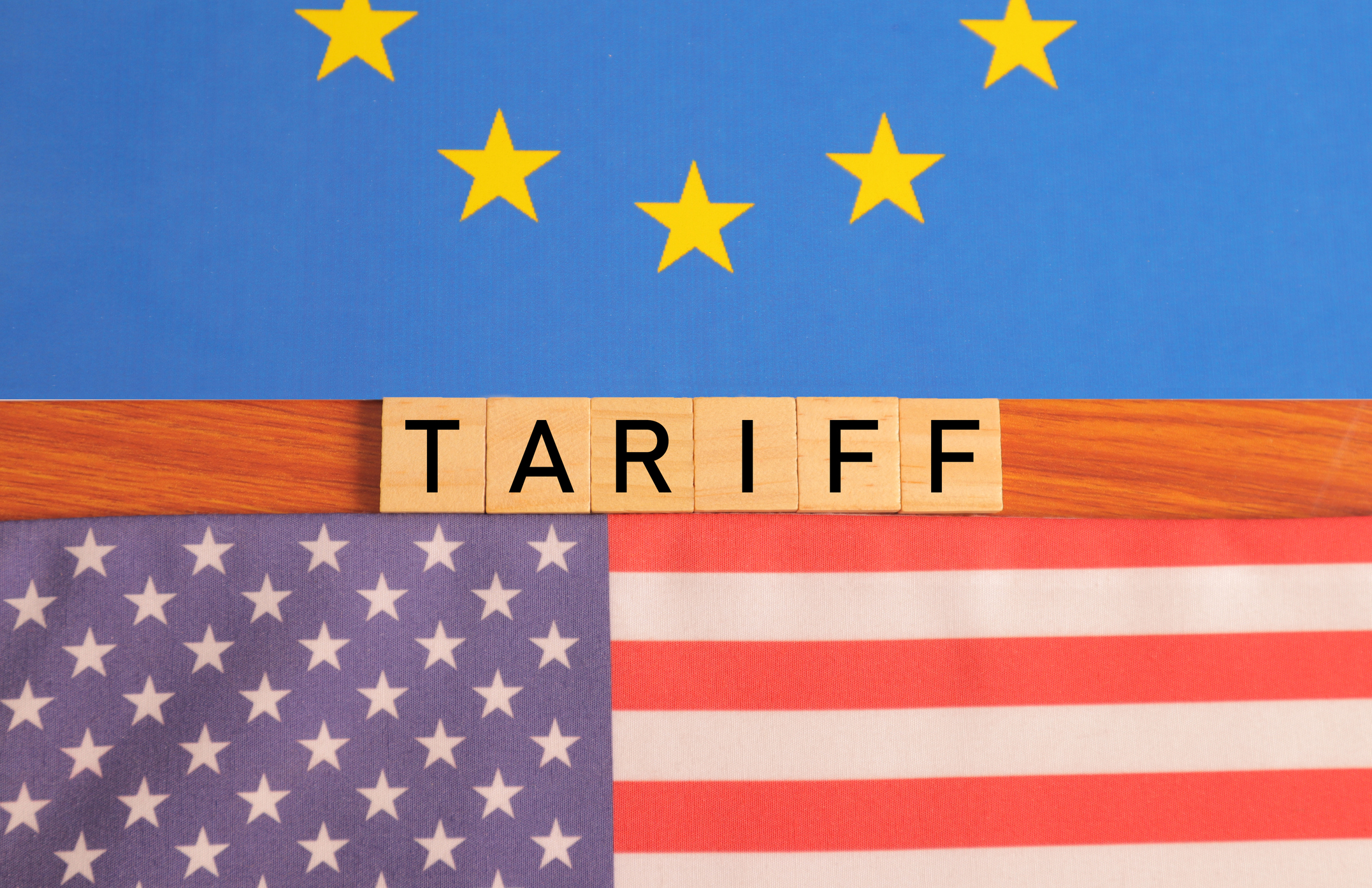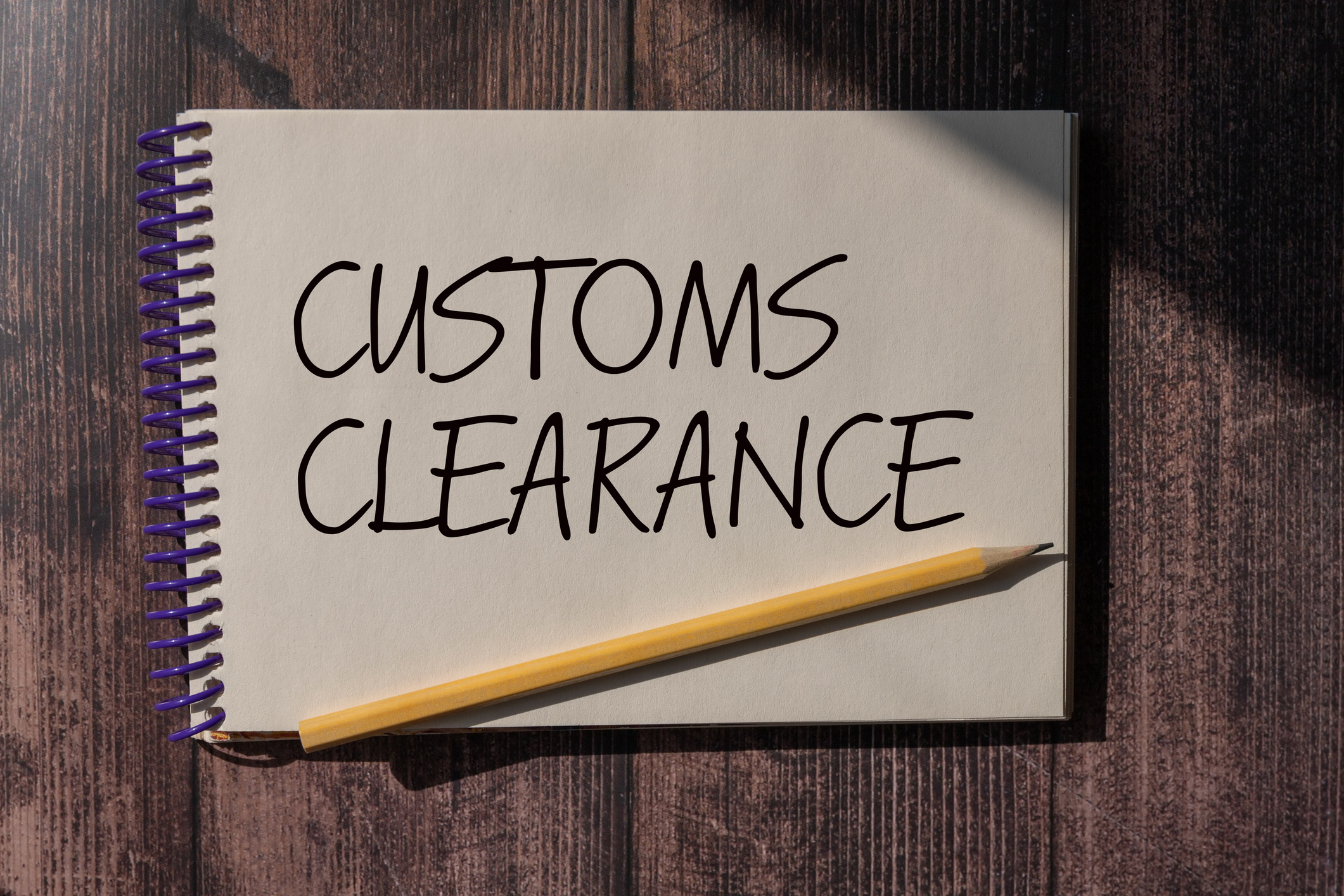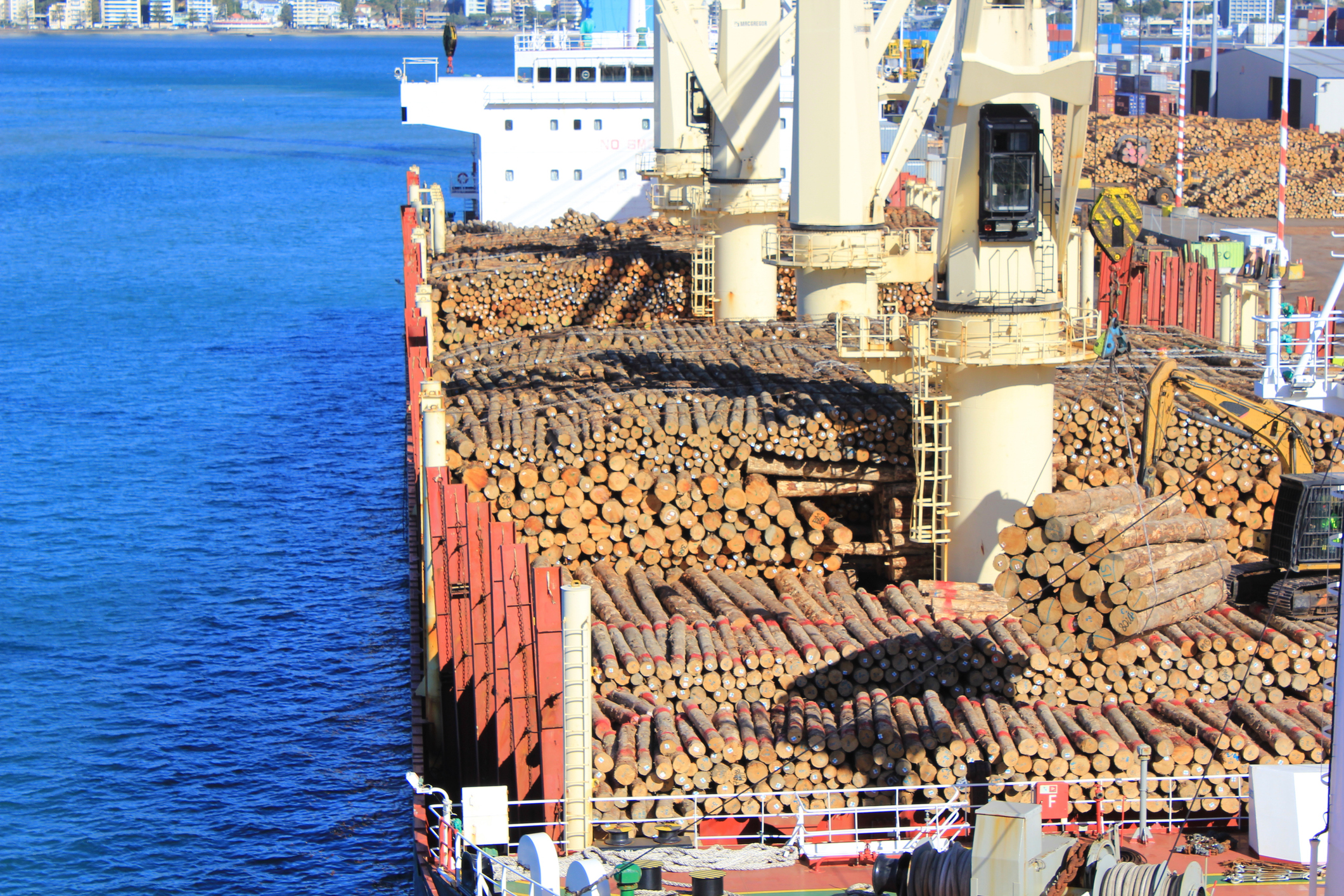
Timber Trade in the EU Requires Compliance with Strict Regulations. What Should Importers Know?
Importing timber from third countries, including Norway, into the customs territory of the European Union is subject to detailed inspection procedures and documentation requirements. “The complexity of these procedures means that importers must be aware of the need to meet phytosanitary, customs, and registration requirements simultaneously,” explains Joanna Porath, owner of the customs agency AC Porath.
Timber enters the European Union from third countries, including Norway. Despite being part of the European Economic Area (EEA), Norway does not enjoy the full freedom of goods movement that applies within the EU.
“EU phytosanitary regulations require inspections of all plant material originating from outside the EU. This means that timber from Norway must undergo the same procedure as timber from any other non-EU country,” explains Joanna Porath.
Every shipment must be accompanied by an original phytosanitary certificate issued by the national plant protection organization of the exporting country. This certificate confirms that the timber is free from quarantine organisms and, if necessary, has undergone the required treatment before export.
Step-by-Step Procedure
Upon arrival at the EU border, the shipment must be declared for border phytosanitary inspection. In Poland, inspections are carried out by the Provincial Inspectorate for Plant Protection and Seed Inspection (WIORiN). The declaration is made electronically through the TRACES system before the goods cross the border.
The EU Timber Regulation (EUTR) prohibits placing illegally harvested timber on the EU market. Every company placing timber on the EU market for the first time must apply a due diligence system.
“The due diligence system consists of three steps: collecting information about the timber, assessing the risk of illegal origin, and mitigating that risk. Only when the risk has been reduced to a negligible level can the timber be legally placed on the EU market,” emphasizes Joanna Porath, CEO of AC Porath.
Customs Procedures and Tariff Preferences
According to the latest data, the largest volumes of raw timber imported to Poland come from the Czech Republic, Lithuania, and Germany, followed by Scandinavian countries and Slovakia. Importers must remember to follow specific customs procedures — for example, determining whether the goods qualify for tariff preferences, whether they hold documents confirming preferential origin (such as EUR.1 or REX), and whether the goods will be released for free circulation in Poland or only transited to other EU countries.
“An importer bringing timber into the EU for commercial purposes must be registered as a so-called professional operator with the national plant protection inspection (WIORiN) and must have an account in the TRACES NT system. In Poland, this registration — via entry in the official register of professional operators — is required before importing plants and plant products, including timber,” explains Joanna Porath, owner of AC Porath.
Authorization for placing the goods on the Polish market also requires registration of the importer on the PUESC platform and payment of VAT due on the import. For transit only through Poland, registration in PUESC is not required.
Poland not only imports timber but is also among the top 10 largest exporters of this commodity worldwide. Most unprocessed timber exported from Poland goes to EU markets and China.
